Golf is a popular sport enjoyed by millions of enthusiasts worldwide. While many perceive it as a leisurely, low-risk activity, this misconception often overlooks the importance of maintaining shoulder health for golfers.
The golf swing, though seemingly simple, is a complex and coordinated movement that places significant stress on the shoulders. Understanding the intricacies of the golf swing and its impact on the shoulder joint is crucial for golfers to prevent injuries, maintain optimal performance, and enjoy the sport without interruption.
In this article, we will discuss the importance of shoulder health for golfers, debunk common misconceptions about golf as a low-risk sport, and delve into the complexities of the golf swing and how it affects the shoulder.
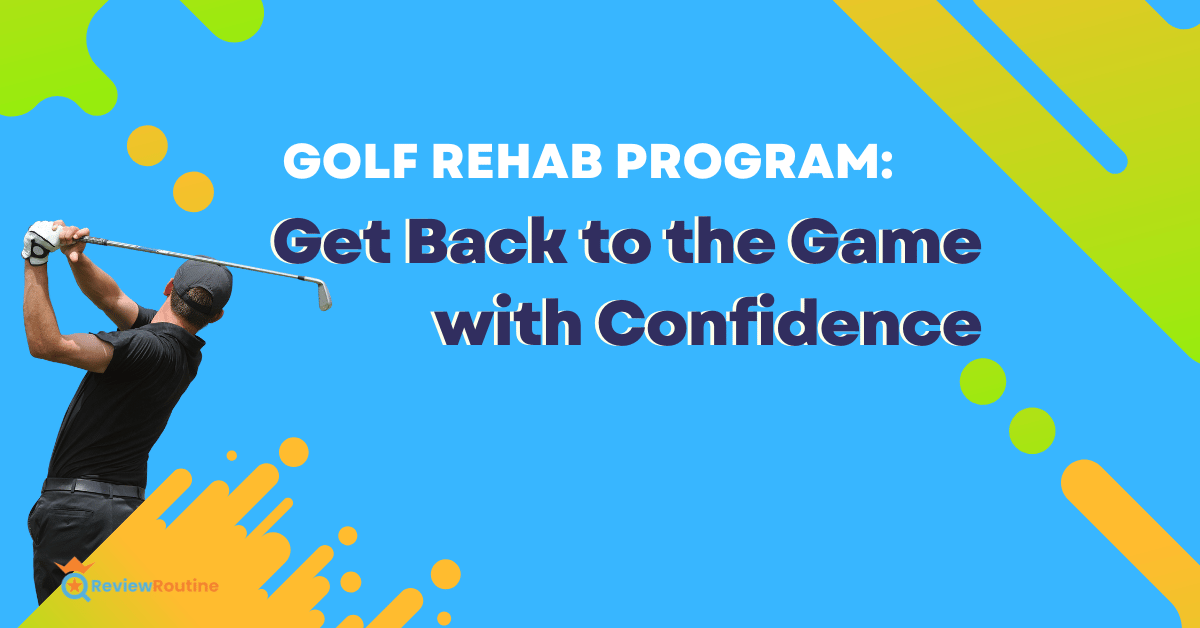
Common Golf Injuries and Their Causes
Golf may seem like a leisurely sport, but the risk of injury is more significant than one might expect. A golf swing, while appearing simple, is actually a complex motion that puts considerable stress on the shoulders.
Golfers are prone to a variety of shoulder injuries, some of which include:
- Rotator cuff tears
- Biceps tendon injuries (long head of the biceps tendon)
- Subacromial impingement
These injuries can result from a combination of factors such as overuse, poor technique, or sudden trauma. Overuse can occur when golfers practice or play excessively without allowing their muscles and joints adequate time to rest and recover.
Poor technique, on the other hand, can place unnecessary stress on the shoulder joint, leading to injury. Finally, traumatic injuries can happen suddenly during a powerful swing or when hitting an obstacle, like a tree root or a rock.
The lead shoulder, which is the left shoulder for right-handed golfers, is particularly susceptible to injury. This is because it bears the brunt of the force during the golf swing, as it goes through a wide range of motion to generate club-head speed. This repetitive stress on the lead shoulder can cause wear and tear on the muscles and tendons, making them more prone to injury over time.
Understanding the common golf injuries and their causes is crucial for golfers looking to maintain their shoulder health. By being aware of these potential issues, golfers can take proactive measures to prevent injury and ensure that they can continue enjoying the game.

Treatment and Prevention of Golf-Related Shoulder Injuries
When it comes to addressing golf-related injuries, non-surgical treatment options are often the first line of defense. These may include rest, physical therapy, and swing adjustments.
Rest allows the body to recover and heal, while physical therapy focuses on strengthening the muscles surrounding the shoulder joint, increasing flexibility, and improving overall joint stability. Swing adjustments can help golfers modify their technique to reduce stress on the shoulder and prevent further injury.
Pre-game warm-up routines and muscle-strengthening exercises are also essential in preventing shoulder injuries. Warming up before a game helps to increase blood flow to the muscles, reducing the risk of strains and tears.
Incorporating shoulder-specific strengthening exercises into a golfer's fitness routine can help build the muscles that support the shoulder joint, reducing the likelihood of injury.
Supervised golf lessons play a crucial role in injury prevention as well. Working with a professional golf instructor can help golfers identify and correct flaws in their technique that may contribute to shoulder injuries.
By learning proper swing mechanics and understanding their physical limitations, golfers can reduce the risk of injury while simultaneously improving their overall performance on the course.
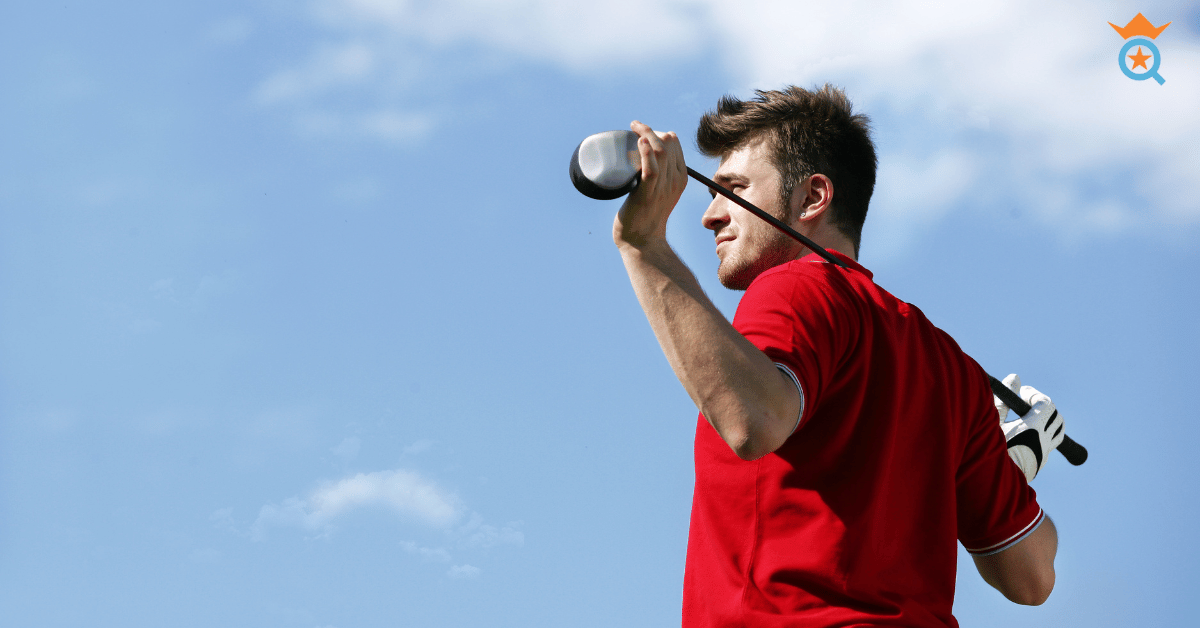
The Five-Week Interval Golf Program
The Cleveland Shoulder Institute has developed an effective rehabilitation program for golfers called the Five-Week Interval Golf Program. This program is designed to help golfers return to the game after sustaining a shoulder injury or undergoing shoulder surgery. The structured, progressive approach aims to accelerate recovery while minimizing the risk of re-injury.
Structure and Goals of the Interval Golf Program:
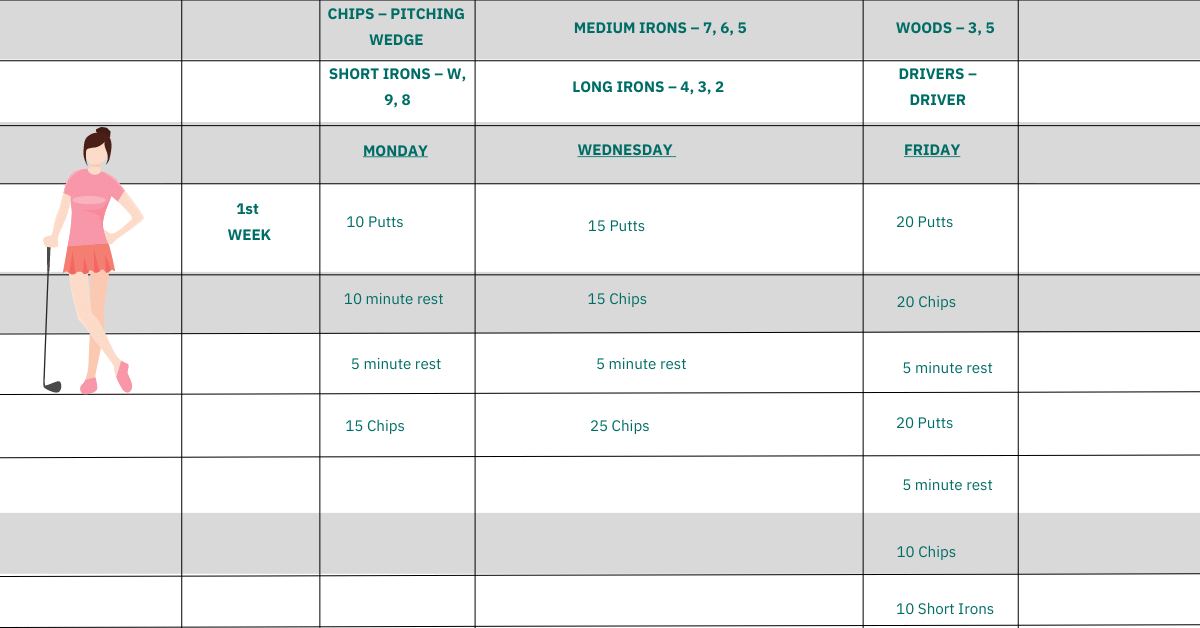
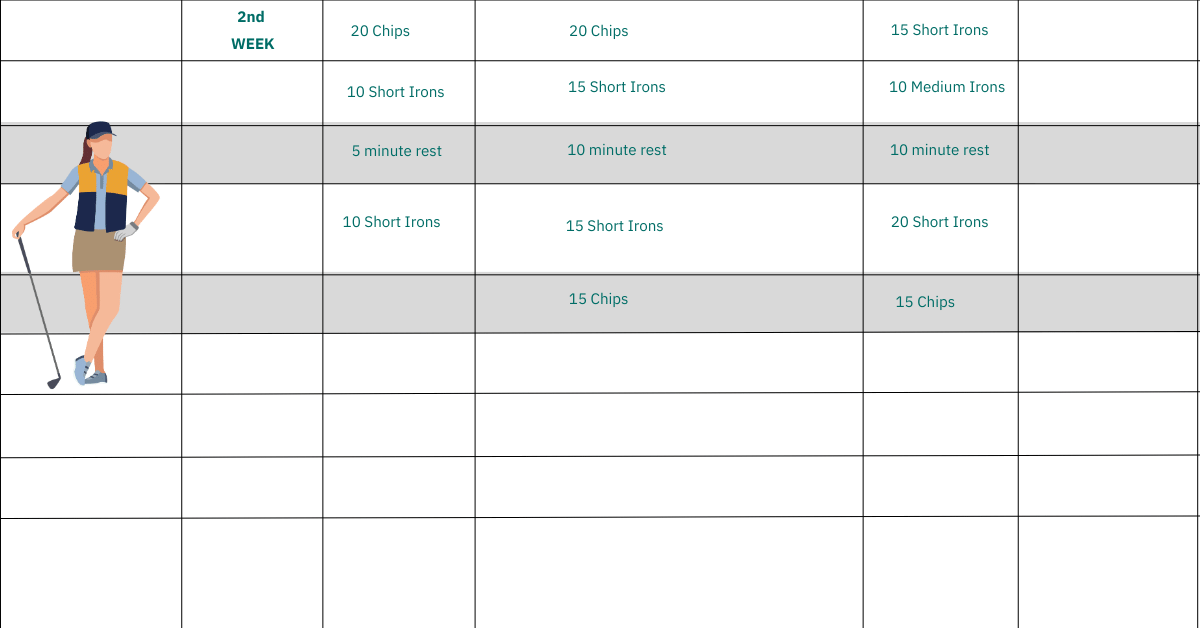

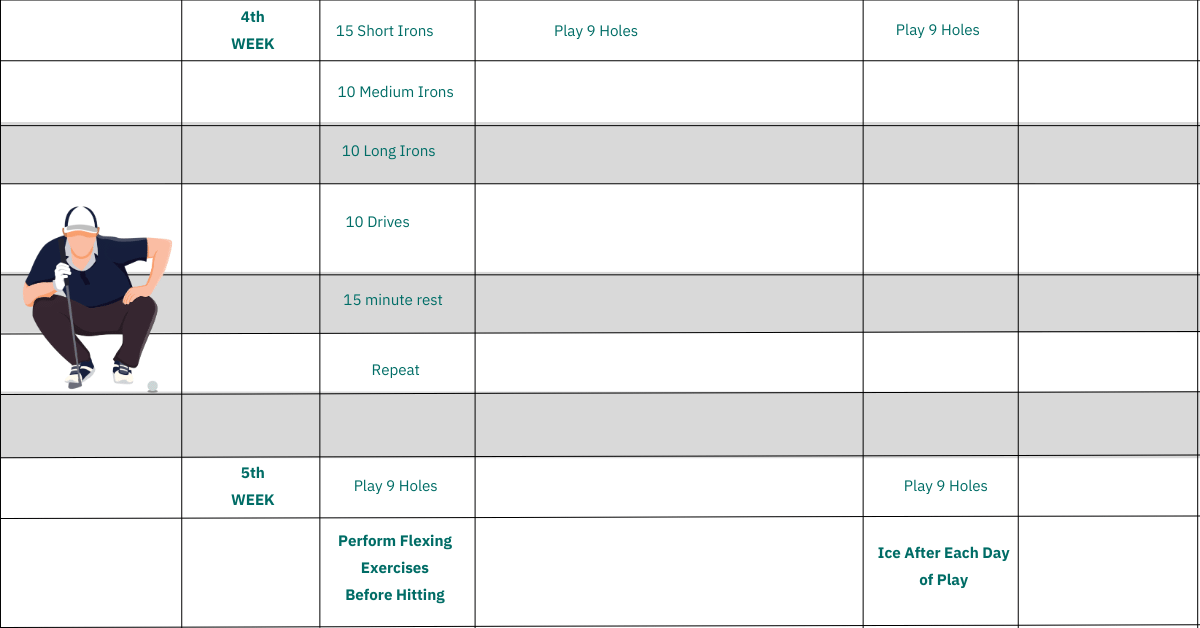
The Five-Week Interval Golf Program offered by the Cleveland Shoulder Institute is a valuable resource for golfers recovering from shoulder injuries or surgery.
By following this structured, progressive approach, golfers can safely return to the game they love while minimizing the risk of re-injury.
Technology and Resources for Golf Rehabilitation:
Modern technology and specialized resources have significantly improved the process of golf rehabilitation. These tools provide a more comprehensive approach to identifying injury causes, improving technique, and preventing further injuries.
Video Analysis:
Video analysis is a valuable tool for identifying the root causes of golf-related injuries. By recording a golfer's swing, professionals can analyze the footage frame by frame, pinpointing specific areas where poor technique or body mechanics may contribute to injury. Once these issues are identified, golfers can work on adjusting their technique to reduce stress on the shoulder and minimize the risk of future injuries.
Titleist Performance Institute (TPI):
The Titleist Performance Institute is a leading organization in the field of golf fitness and rehabilitation. TPI's mission is to help golfers optimize their performance and prevent injuries through a combination of research, education, and practical application. TPI-certified professionals work with golfers to develop personalized exercise programs that address their specific needs and limitations, ultimately improving their game and reducing the risk of injury.
Northern Ohio Golf Association Wharton Golf Center:
The Northern Ohio Golf Association Wharton Golf Center is another valuable resource for golfers seeking to improve their fitness and prevent injuries. The center offers golf fitness assessments and training, which provide golfers with a comprehensive evaluation of their physical capabilities and limitations. This information is then used to develop tailored exercise programs designed to enhance golf performance and reduce the risk of injury.
Leveraging technology and specialized resources such as video analysis, the Titleist Performance Institute, and the Northern Ohio Golf Association Wharton Golf Center can significantly enhance the rehabilitation process for golfers. By identifying injury causes, improving technique, and implementing tailored fitness programs, golfers can minimize the risk of injury and maximize their performance on the course.
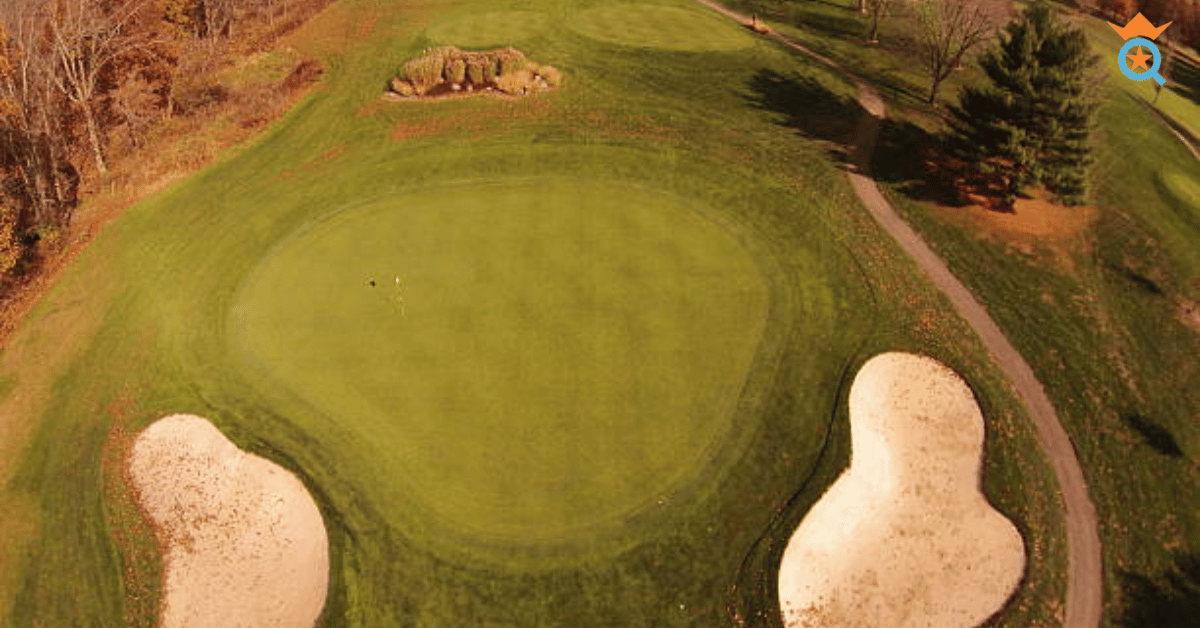
Southern California Golf Courses and Rehabilitation Centers
Southern California is home to several notable golf courses and rehabilitation centers that cater to golfers looking to recover from injuries and improve their game.
Monarch Beach Golf Links
Monarch Beach Golf Links is a beautiful oceanfront golf course located in Orange County, California. The course offers a challenging yet enjoyable layout, making it an excellent choice for golfers of all skill levels. In addition to the stunning course, Monarch Beach Golf Links provides access to top-notch rehabilitation facilities and professionals, helping golfers address injuries, improve their technique, and optimize their performance on the course.
Talega Golf Club
Talega Golf Club, situated in the picturesque hills of San Clemente, offers a premier golf experience in Southern California. The course's design is inspired by Scottish seaside links and provides golfers with a unique and challenging round. Talega Golf Club also boasts state-of-the-art rehabilitation facilities, enabling golfers to receive the care and guidance they need to recover from injuries and elevate their game.
Southern California golf courses and rehabilitation centers like Monarch Beach Golf Links and Talega Golf Club offer golfers a comprehensive approach to injury recovery and game improvement.

The Bottom Line
Maintaining optimal shoulder health is crucial for golfers to enjoy the game and perform at their best. As golf swings involve a complex range of motions that place significant stress on the shoulders, it is essential to prioritize injury prevention and rehabilitation efforts.
By seeking professional help from experts in golf fitness and rehabilitation, golfers can address existing injuries, improve their technique, and reduce the risk of future shoulder issues.
Investing in shoulder health will not only allow golfers to continue playing the sport they love but also enhance their overall performance and enjoyment on the course.








